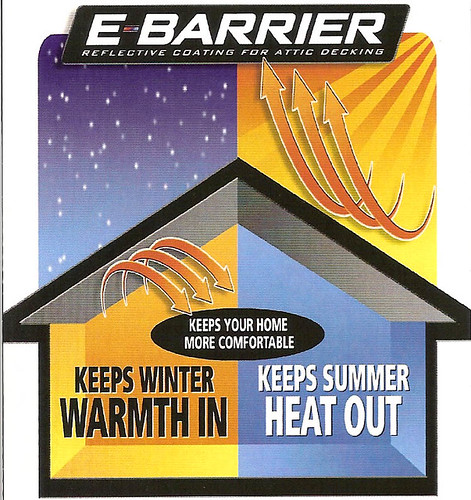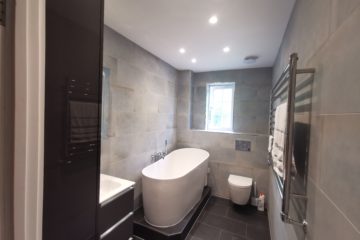It’s all about heat!
Protecting your heat
Heating your home during the colder months uses a large amount of the energy you use throughout the year. Ensuring your heating system is running efficiently and that you are not wasting any energy can therefore help you to make big savings on your fuel bills.
Don’t overheat your home — turning your thermostat down by just 1°C can cut your fuel bill by 10% (source: Energy Saving Trust). The recommended temperature for living rooms is 21°C, 18°C for bedrooms and 16°C in halls.
Don’t overheat your hot water either — 60°C is the optimum setting for your cylinder thermostat. It may sound obvious, but if you are too warm, turn the heating down to reduce the temperature rather than opening windows. Have radiators fitted with thermostatic controls to regulate heat in each room. Have your boiler regularly serviced — this will increase its energy efficiency.
Make Your Boiler More Energy Efficient
If your boiler is more than ten years old, it’s probably far less efficient than modern models. Replacing an old boiler with a new high-efficiency condensing boiler can save you around a third on your heating bills straight away. And if everyone in the UK with gas central heating switched to a high-efficiency condensing boiler, we would save enough energy to heat 3.7 million homes for a year. When selecting a new boiler, look out for this label to be sure you’re getting the most efficient model available. While it may cost slightly more than regular boilers, a high-efficiency condensing boiler will cost less to run so will save you around £120 on your energy bills a year.* If you don’t fancy replacing your boiler just yet, having your current one regularly and professionally serviced will considerably improve its efficiency. Our Home Services team can fit, service and repair boilers — and provide emergency call out cover.
Make Your Central Heating More Energy Efficient
With the right controls fitted to your central heating system, you could save up to 17% on your fuel bill.* Heating controls also give you more scope to ensure your home is heated as you want it — ensuring the rooms you use are warm and those you don’t aren’t being heated unnecessarily. If your central heating system uses radiators (ie a wet’ system), the ideal controls to have are. A room thermostat — this allows you to set your preferred temperature (ie 21ËšC in living rooms). As soon as the room reaches that temperature, the thermostat will switch off the hot water supply to radiators, then when the temperature drops, it will turn it back on again. Ideally, your thermostat should be fitted at eye-level on the wall of a room you use most (e.g. the living room) and not in a direct draft or by a heat source (e.g. over a radiator or a cooker). A programmer — this controls when your heating and hot water come on and go off, so you only have them on when needed. If you are unsure how to set your programmer, contact us for advice. A cylinder thermostat (if you have a hot water tank) — this controls the temperature of hot water leaving the hot water storage tank. The thermostat is usually fitted to the tank itself, with the temperature sensor at the back, in contact with the cylinder inside. Your thermostat should be set to no more than 60°C. Any higher, and your energy bills could increase. Thermostatic radiator valves (TRVs) — these allow you to control the temperature in each room, automatically turning off the flow of hot water to the radiator when your required temperature is reached. For example, you might use a minimum setting in unused bedrooms to keep damp and condensation at bay, while the rooms you use daily are set to a warmer temperature.
A plumber can fit any of these controls for you.
Source: Energy Saving Trust 2007 http://www.npower.com/At_home/Go_green/Energy_savings/Home_heating.html



